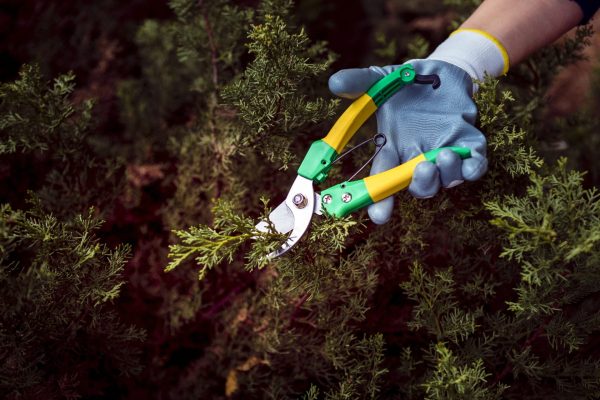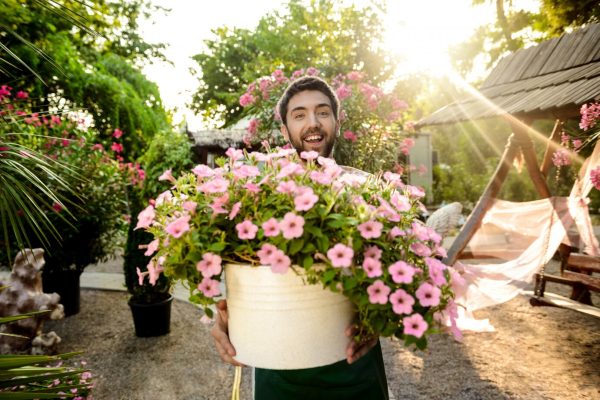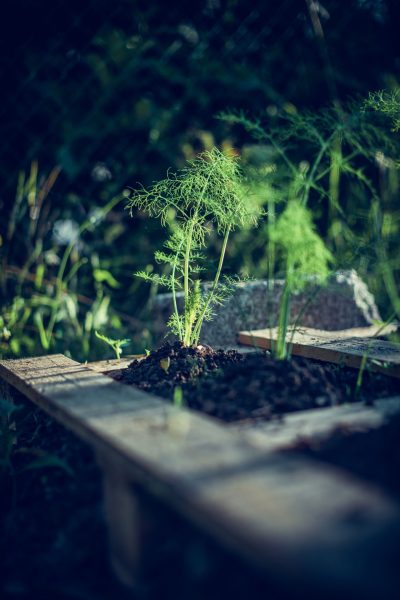Get Ready for Spring with Native Plant Landscaping in Westchester, NY
As spring approaches, homeowners and gardening enthusiasts in Westchester, NY are looking for ways to refresh their outdoor spaces with vibrant, sustainable, and low-maintenance landscapes. One of the most significant spring garden trends in NY for 2025 is the increased focus on native plant landscaping Westchester NY. This approach not only enhances the beauty of outdoor spaces but also supports local ecosystems, reduces water consumption, and minimizes the need for chemical fertilizers and pesticides.
In this comprehensive guide, we will explore the benefits of native plant landscaping in Westchester, NY, the top spring garden trends in NY, and expert tips on designing and maintaining a thriving, eco-friendly garden that flourishes throughout the seasons.
The Benefits of Native Plant Landscaping Westchester NY

1. Supports Local Ecosystems and Wildlife
Native plants are an essential part of the natural ecosystem. They provide food and shelter for local wildlife, including birds, bees, and butterflies. These plants have evolved alongside native pollinators, making them a vital resource for maintaining biodiversity in the region.
2. Requires Less Maintenance
Once established, native plants are naturally adapted to the local climate and soil conditions. Unlike non-native species, they do not require extensive watering, fertilizing, or pest control, making them a low-maintenance option for homeowners looking to reduce their gardening workload.
3. Improves Soil Health
Native plants have deep root systems that help prevent soil erosion, improve drainage, and enhance soil fertility. These plants naturally contribute organic matter to the soil, reducing the need for chemical fertilizers and creating a healthier environment for plant growth.
4. Adapts to Local Climate Conditions
Westchester, NY, experiences varying seasonal conditions, from cold winters to hot summers. Native plants are well-suited to these fluctuations and can withstand extreme temperatures, drought, and heavy rainfall without requiring constant intervention.
5. Reduces Water Usage and Promotes Sustainability
Many non-native plants require frequent watering, especially during dry spells. In contrast, native plants are naturally drought-resistant, helping homeowners conserve water and reduce their environmental footprint. By implementing native plant landscaping Westchester NY, homeowners can significantly lower their water bills while contributing to long-term sustainability efforts.
Spring Garden Trends in NY: What’s Popular for 2025?

Spring gardening trends in Westchester are evolving, with more homeowners prioritizing sustainability, biodiversity, and low-maintenance landscaping. Here are some of the most prominent spring garden trends in NY for 2025:
1. Pollinator-Friendly Gardens
With the decline of pollinators such as bees and butterflies, many gardeners are focusing on planting species that attract and support these essential creatures. Native plants like milkweed, black-eyed Susans, and coneflowers are excellent choices for pollinator-friendly gardens.
2. Rain Gardens and Water Conservation Features
Rain gardens are designed to capture and filter rainwater, preventing runoff and promoting groundwater recharge. Homeowners are increasingly incorporating rain gardens into their landscapes using native plants such as blue flag iris and cardinal flowers, which thrive in moist conditions.
3. Edible Native Gardens
There is a growing interest in edible landscaping that incorporates native fruit-bearing shrubs and plants such as wild blueberries, elderberries, and spicebush. These plants provide a sustainable food source while blending seamlessly into the landscape.
4. Naturalized Lawns and Low-Maintenance Ground Covers
Traditional turf lawns require frequent watering, mowing, and fertilizing. As a result, many homeowners are replacing high-maintenance grass with native ground covers such as Pennsylvania sedge, creeping phlox, and wild violets, which require minimal upkeep and provide seasonal color and texture.
5. Vertical and Container Gardening for Small Spaces
For homeowners with limited space, vertical gardens and container planting with native species are becoming increasingly popular. Plants such as ferns, goldenrods, and native grasses thrive in pots and hanging planters, offering an easy way to incorporate native plants into urban and suburban settings.
Best Native Plants Landscaping Westchester NY

When selecting plants for native plant landscaping Westchester NY, it is important to choose species that will thrive in the region’s climate and soil conditions. Below are some excellent options for a diverse and visually appealing native garden:
- Purple Coneflower (Echinacea purpurea) – A drought-tolerant perennial with bright purple flowers that attract pollinators.
- New York Ironweed (Vernonia noveboracensis) – A tall, striking plant that adds height and texture to garden beds.
- Wild Columbine (Aquilegia canadensis) – A shade-loving wildflower that thrives in woodland gardens.
- Eastern Redbud (Cercis canadensis) – A small ornamental tree that produces stunning pink blossoms in early spring.
- Butterfly Weed (Asclepias tuberosa) – A bright orange flowering plant that attracts butterflies, especially monarchs.
- Pennsylvania Sedge (Carex pensylvanica) – A native grass alternative that requires little mowing and adapts well to shade.
How to Design a Native Plant Landscape for Spring
1. Evaluate Your Landscape and Soil Conditions
Before selecting plants, assess the soil type, sunlight exposure, and moisture levels in your yard. This information will help determine the best native plants for your specific environment.
2. Create a Multi-Layered Planting Design
To replicate a natural ecosystem, incorporate a variety of plant heights, including trees, shrubs, perennials, and ground covers. This layering technique creates visual interest and provides habitats for local wildlife.
3. Minimize Lawn Space and Incorporate Native Alternatives
Reducing the size of traditional grass lawns can significantly lower maintenance efforts. Replace large sections of turf with native ground covers, wildflowers, or low-growing shrubs that require less mowing and irrigation.
4. Use Mulch to Conserve Moisture and Suppress Weeds
Applying a layer of organic mulch around native plants helps retain soil moisture, prevent erosion, and reduce weed growth. Mulch also provides essential nutrients as it decomposes over time.
5. Avoid Invasive Species
When selecting plants, be sure to avoid invasive species that can outcompete native vegetation and disrupt local ecosystems. Examples of non-native invasive plants to avoid in Westchester, NY, include Japanese knotweed, Norway maple, and garlic mustard.
Start Your Native Plant Landscaping in Westchester, NY Today
Embracing native plant landscaping Westchester NY is an excellent way to enhance the beauty of your outdoor space while promoting sustainability and supporting local ecosystems. Whether you are designing a small pollinator garden or transforming your entire landscape, incorporating native plants will provide long-lasting benefits for both your property and the environment.
At The Growing Concern, we specialize in eco-friendly landscape design and native plant landscaping Westchester NY. Our expert team can help you select the right plants, create a customized design plan, and implement a sustainable garden that thrives year-round.
Contact us today to schedule a consultation and take the first step toward a beautiful, low-maintenance native landscape.

